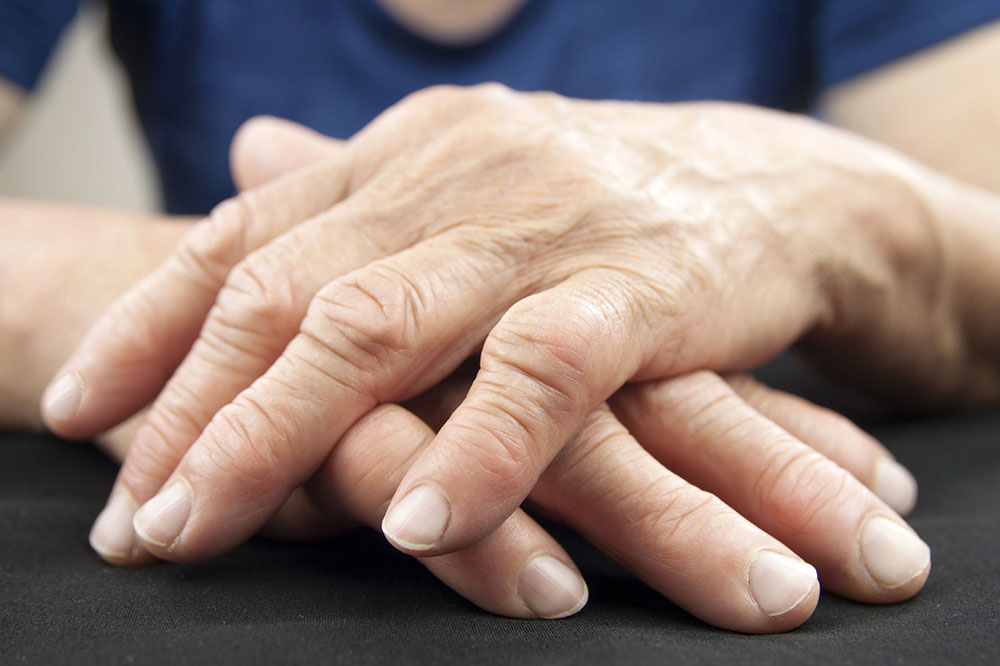Comprehensive Guide to Arthritis: Symptoms, Stages, Prevention, and Management
This comprehensive guide explores arthritis, including its types, stages, symptoms, detection methods, preventive strategies, and management options. By understanding the disease, individuals can take proactive steps to maintain joint health, manage symptoms effectively, and improve their quality of life through informed decisions.

A Detailed Overview of Arthritis as a Common Joint Disorder
Joints are vital components of our body, enabling mobility and flexibility for daily activities. These complex structures endure continuous stress and movement, making them prone to various degenerative and inflammatory conditions over time. Among these, arthritis stands out as one of the most prevalent and debilitating joint disorders worldwide. Understanding this condition, including its causes, stages, symptoms, preventive strategies, and management options, is essential for maintaining joint health and improving quality of life.
What Is Arthritis?
Arthritis is not a single disease but a term encompassing over 100 different joint conditions characterized by inflammation, pain, swelling, stiffness, and impaired movement. It primarily affects the articular cartilage, synovial membranes, and surrounding tissues, leading to functional decline over time. While arthritis can affect individuals of any age, it is most commonly diagnosed in older adults, especially those over 65 years of age. Women are disproportionately affected, with higher prevalence rates, likely due to hormonal factors and genetic predispositions.
Understanding how arthritis develops and progresses is crucial for early detection and effective management. Among the various types, rheumatoid arthritis and osteoarthritis are the most prevalent, each with distinct pathological features and progression patterns.
Types of Arthritis and Their Unique Characteristics
Rheumatoid Arthritis (RA): An autoimmune disorder where the immune system mistakenly attacks joint tissues, leading to inflammation, cartilage destruction, and bone erosion. RA often presents symmetrically, affecting multiple joints simultaneously, and may have systemic symptoms such as fatigue and fever.
Osteoarthritis (OA): A degenerative joint disease resulting from the gradual breakdown of cartilage due to wear and tear. It primarily affects weight-bearing joints like the knees, hips, and spine and is strongly associated with aging, injury, and repetitive stress.
Both conditions progress through various stages, which influence symptoms and treatment strategies.
Stages of Arthritis Progression
An in-depth understanding of the stages helps in early diagnosis and intervention, potentially slowing disease progression and preserving joint function.
Progression of Rheumatoid Arthritis
Stage 1: Early Inflammation
Initial phase involves inflammation of synovial membranes, causing swelling, warmth, stiffness, and mild pain. Joint tissues may show signs of swelling, and early blood markers may start to elevate.
Stage 2: Moderate Disease
Persistent inflammation damages cartilage, leading to decreased joint flexibility. Additional symptoms may include noticeable swelling, warmth, and stiffness lasting longer, especially after periods of inactivity.
Stage 3: Severe Joint Damage
Continued inflammation erodes cartilage and forms pannus tissue, causing bone damage. Pain becomes chronic and intense; muscles weaken due to disuse; joint deformities may appear, severely limiting movement.
Stage 4: End-Stage or Joint Failure
The joint structural integrity collapses, resulting in complete loss of function. Patients experience persistent severe pain, instability, and significant disability, often requiring surgical intervention like joint replacement.
Progression of Osteoarthritis
Stage 1: Minor Cartilage Wear
Early wear causes small cartilage lesions; bone spurs (osteophytes) begin to form; pain is minimal or absent during activity.
Stage 2: Mild to Moderate Disease
Bone spurs enlarge, causing increased stiffness and pain, especially after activity or periods of rest. Joint mobility starts to reduce.
Stage 3: Advanced Disease
Cartilage thinning persists, joint space narrows, and inflammation becomes more pronounced. Pain becomes chronic, often accompanied by joint popping, grinding, or clicking sounds during movement.
Stage 4: End-Stage Osteoarthritis
Cartilage is severely worn, leaving bones in direct contact. Chronic inflammation leads to significant pain and deformities, severely impairing daily activities.
Detecting and Diagnosing Arthritis
Early diagnosis of arthritis is vital to prevent irreversible joint damage. Physicians rely on a combination of clinical examination, laboratory tests, and imaging modalities to identify and differentiate between types of arthritis.
Physical Examination: Doctors evaluate joint swelling, redness, warmth, deformities, and range of motion. Tenderness upon palpation often indicates active inflammation.
Laboratory Tests: Blood tests help identify specific markers. For example, rheumatoid factor (RF), anti-cyclic citrullinated peptide (anti-CCP) antibodies, and antinuclear antibodies (ANA) are commonly assessed. Synovial fluid analysis can reveal inflammatory or non-inflammatory processes involved.
Imaging Techniques: X-rays, MRIs, and CT scans provide detailed visualization of bone and cartilage health. They help detect joint space narrowing, bone erosion, osteophyte formation, and soft tissue swelling.
Prevention Strategies for Arthritis
While certain risk factors such as genetics, age, and autoimmune predispositions cannot be altered, lifestyle modifications can significantly reduce the risk or delay the onset of arthritis.
Maintain a healthy weight to lessen joint stress, especially in weight-bearing joints like hips and knees
Incorporate omega-3 fatty acids from fish, flaxseed, or supplements to reduce inflammation
Engage in regular, low-impact physical activity, including swimming, cycling, or walking, to strengthen muscles and improve joint support
Avoid repetitive joint stress and maintain proper ergonomics during activities
Protect joints from injuries by using appropriate safety gear and techniques
Recognize early signs of joint discomfort and seek medical advice promptly for early intervention
Managing Arthritis
Although there is currently no cure for most forms of arthritis, a comprehensive management plan can significantly improve symptoms and quality of life. Treatment options include medications, physical therapy, lifestyle changes, and surgical interventions in severe cases.
Medications: Nonsteroidal anti-inflammatory drugs (NSAIDs), corticosteroids, disease-modifying antirheumatic drugs (DMARDs), and biologics are prescribed based on the type and severity.
Physical Therapy: Tailored exercises improve joint flexibility, strengthen surrounding muscles, and reduce stiffness.
Lifestyle Modifications: Adequate rest, weight management, and avoiding joint stress help alleviate symptoms.
Surgical Options: In advanced stages, joint replacement surgeries or other procedures restore function and reduce pain.
Summary
Understanding the stages and symptoms of arthritis, along with early detection and proactive lifestyle choices, can significantly influence disease progression and quality of life. Consulting healthcare professionals for personalized treatment plans ensures optimal management and long-term joint health.





